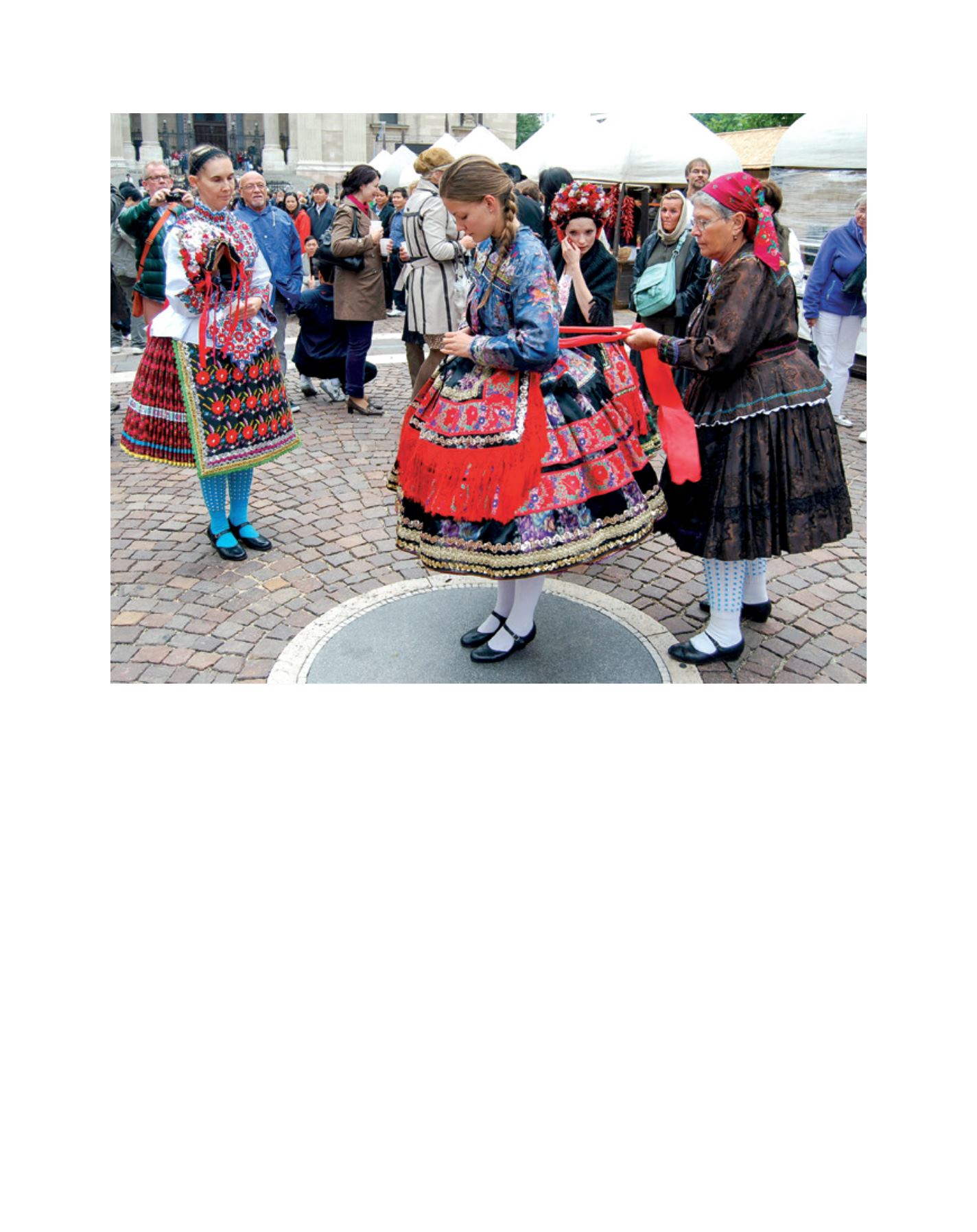

[
] 127
(USA) and states of the Middle East such as Egypt, Israel,
Kuwait and Lebanon. The conference discussed common
values, the problems of the freedom of religion within the
European Union, the social and religious projection of migra-
tion and issues relating to religious diversity.
Recognizing and emphasizing one of the greatest tragedies
of twentieth-century Hungarian history, the Government
of Hungary declared 2014 the Holocaust Memorial Year.
The aim was to commemorate the grievous events that
occurred 70 years ago, so that such events cannot happen
again and the peaceful coexistence of various religions and
nations can continue. In light of this, the conference of
Tihany was organized on the basis of the Vatican’s docu-
ment Nostra Ætate, by the Ministry of Human Capacities
and the Hungarian National Commission for the United
Nations Educational, Scientific and Cultural Organization
(UNESCO) in March 2014 with the title ‘Our Shared Future
– Our Shared Responsibility’ on the coexistence of Jewish
and Christian communities in Hungary. Many ecclesiasti-
cal leaders as well as internationally renowned experts and
researchers of interreligious dialogue attended the event,
including His Eminence Péter Cardinal Erd
ő
; Deputy Prime
Minister Dr Zsolt Semjén; Minister Zoltán Balog; President of
the Hungarian National Commission for UNESCO Dr Miklós
Réthelyi; and Israeli Ambassador to Hungary, His Excellency
Ilan Mor. In the closing document the participants commit-
ted themselves to the priority of honest talk, friendship and
respect in human relationships, denounced anti-Semitism
and all forms of exclusion and negative discrimination, and
called attention to the unpredictable consequences of passive
behaviour disregarding everyday critical issues. The success
of the conference is proven by the continuation ‘Tihany 2’
meeting, which will take place in summer 2015. We have
high hopes that participants will manage to find solutions to
the most pressing current issues of interreligious dialogue,
thereby facilitating the peaceful coexistence of religions on
the basis of tolerance and mutual acceptance.
Our history proves all too well that intellectuals educated
abroad can have an important intermediary role between
cultures with a dominant influence on the development of all
peoples. Until the early twentieth century, Hungary had a rather
passive role in that respect. Then, for 40 years starting from the
middle of the century, thousands of professionals were given
education in Hungary (mainly Eastern and Central Europeans
and those from developing countries). On returning to their
homeland, these professionals became the everyday ambassa-
Image: Lajos Pers, National Institute for Culture
The Hungarian Táncház method has been recognized on UNESCO’s Register of Best Safeguarding Practices for intangible cultural heritage
A
gree
to
D
iffer

















